We all love food – but we often don’t stop to realize where some of our cooking staples come from, or how they’re actually grown and harvested. From cinnamon and saffron to cashews and wasabi, we did a little digging to uncover the fascinating ways some of the most popular foods are grown!
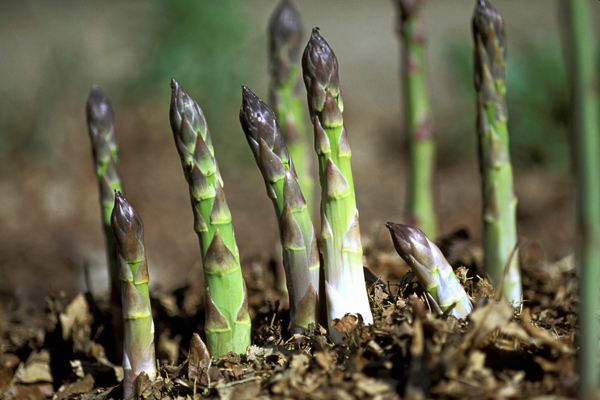
Asparagus
We’re not sure what we were expecting exactly, but the idea of asparagus growing straight up out of the ground as little skinny individual stalks caught us a bit by surprise. Fun fact: as it gets taller, asparagus will start to develop fern-like leaves and toxic red berries. So word to the wise: don’t leave them unpicked for too long!
Choose from 30 delicious ways to use fresh asparagus for dinner tonight.
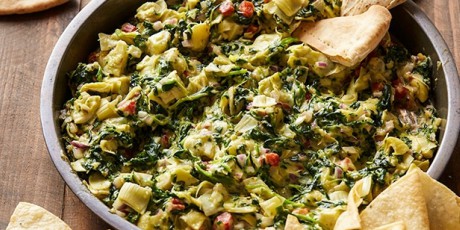
Artichokes
Everyone’s favourite scaly flower is actually quite beautiful! If you happen to come across an artichoke in bloom, it’d be understandable if you confused it for a thistle at first – although you wouldn’t be entirely wrong. Artichokes are actually a species of thistle we cultivate for food, cooking up the edible portions of the buds before it flowers. Once an artichoke sprouts its bright purple blooms, however, it’s barely edible – although it sure does look cool.
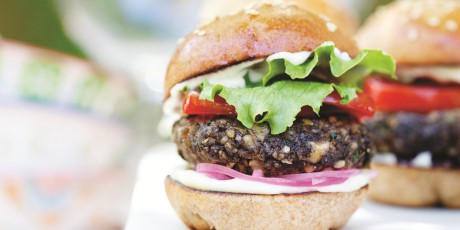
Cashews
While most of us know (or at least assumed) that cashews grew on trees, nothing could prepare us for how it physically looked while growing. The cashew nut itself is encased in a shell at the bottom of the hanging cashew fruit – which, in another shocker, is commonly referred to as the cashew apple. Who knew?! Although the actual fruit portion is sometimes turned into drinks, each cashew nut is individually plucked for consumption.
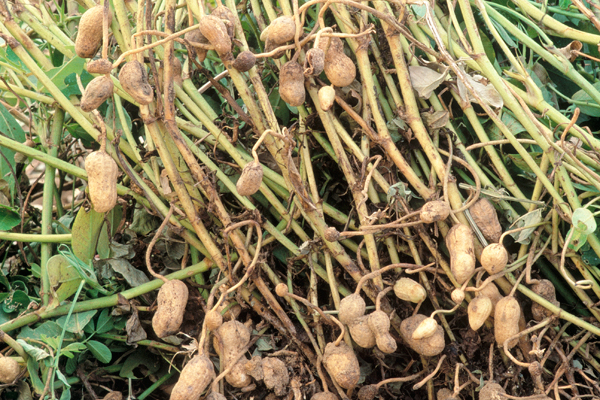
Peanuts
It’s easy to forget that peanuts are actually legumes – and one simple way to remember that fact is to look up how they’re grown and harvested. Peanuts sprout in the ground in bushels that resemble bean stalks. Although it flowers above ground, the peanuts themselves grow below, like a potato.
Try one of these drool-worthy desserts for peanut butter lovers this weekend.
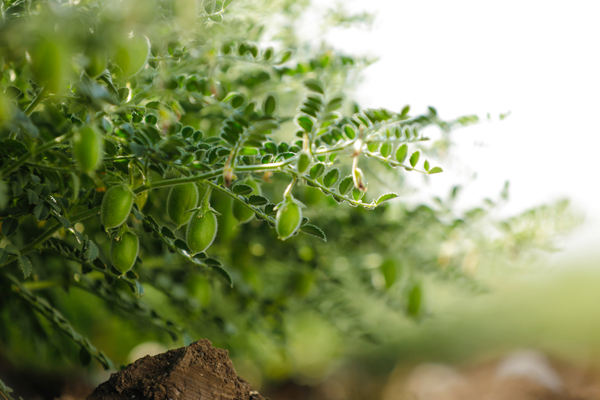
Chickpeas
This one surprised even the major foodies in our lives: chickpeas grow in fuzzy green pods – but the part that caught us off-guard is the fact that only one chickpea is inside each pod. Talk about labour intensive! We have newfound respect for the chickpea growers of the world.
If you’re in need of food inspiration, try one of these chickpea recipes to make your heart happy.
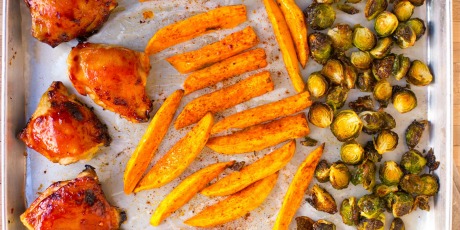
Brussels Sprouts
Considering that Brussels sprouts are edible buds, it makes sense that they would grow on stalks. Yet, it’s still a little strange to see a long, thin fibrous stalk heavily covered with sprouts all clumped together like a giant walking stick.
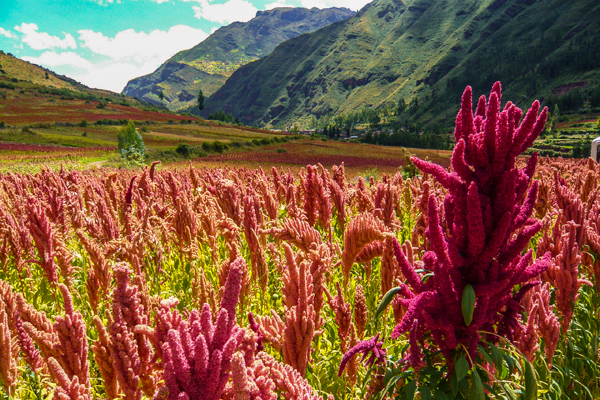
Quinoa
We’ll admit: this one had us stumped at first. It turns out, protein-packed quinoa is harvested from tall green plants – and the actual quinoa part that we typically eat is the seed. In order to harvest the seeds, the plant must shed its green leaves and start to flower first, blossoming into these bold, stunning stalks.
Find some quick and easy quinoa recipes for dinner tonight.
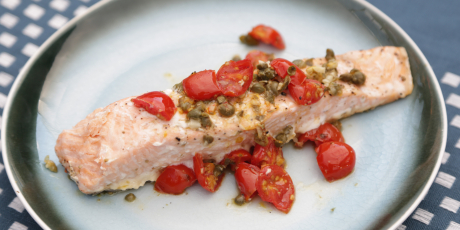
Capers
Much like artichokes, capers are edible flower buds that are picked well before they bloom. If left unpicked, however, the buds will blossom into a beautiful white and purple flower that you would never guess is the source of one of your favourite pickled foods.

Saffron
This autumn-blooming purple-flowered crocus smells like vanilla and, when dried, is one of the most sought-after (and not to mention expensive) spices in the world. Who knew saffron was such a gorgeous flowering plant? The edible part is actually the orange-red stigmas that grow in the centre. Each individual crocus flower grows three stigmas, which can then be plucked and dried for recipes.
Looking to build a chef-worthy pantry? Start with these 16 must-have kitchen spices.
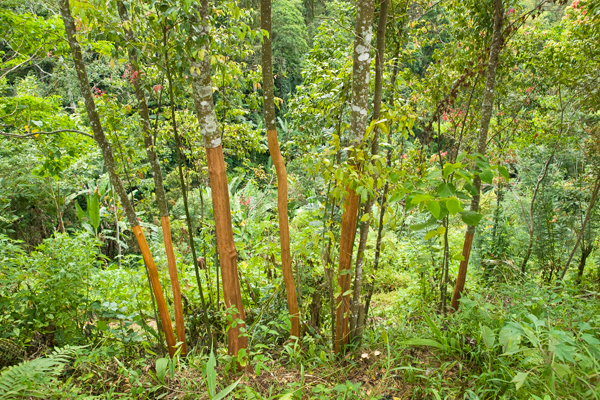
Cinnamon
It’s one of the most versatile and healthy spices in the world – well, aside from cinnamon buns anyway – but if you ask people where they think the popular condiment comes from, you’ll likely leave them scratching their heads. Cinnamon, in turns out, is a layer of bark that comes from a variety of evergreen trees which, in hindsight, makes total sense considering they quite literally look like pieces of a tree or root.
Check out these 25 sweet cinnamon recipes.
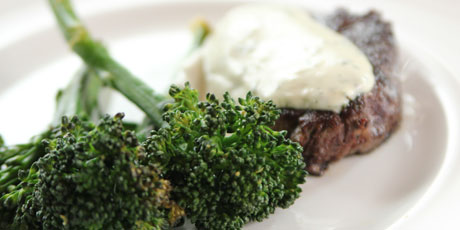
Wasabi
Ever wonder how wasabi grows? It ain’t pretty, that’s for sure. They derive from the thick rooted stem of a perennial plant and can take upwards of three years to reach maturity. It produces a green growth at the top and typically reaches knee-height when ready for harvesting.
